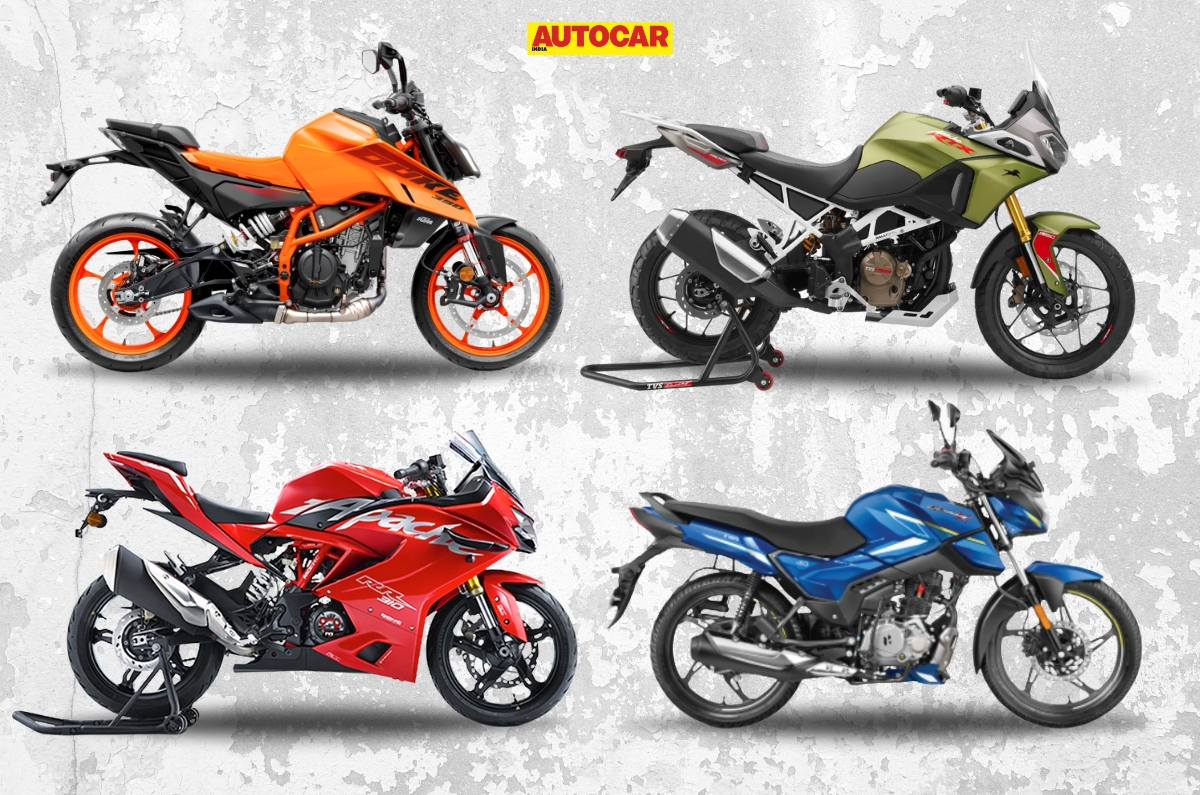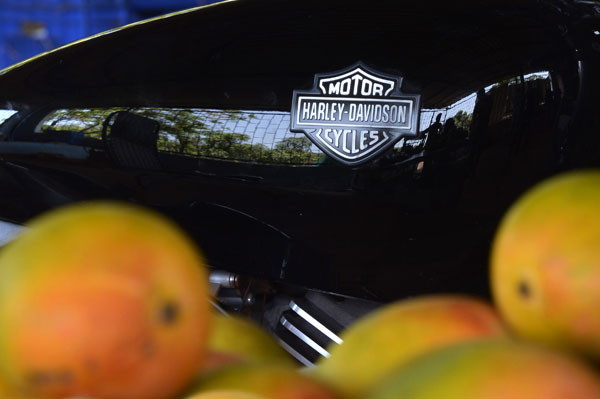The Kawasaki Ninja 250R was already a world- acknowledged 250cc class favourite when Bajaj Auto introduced it in India in 2009. No direct competition meant the Ninja has enjoyed a monopoly in the quarter-litre segment for all this time. But with the launch of the all-new Honda CBR250R, is the Ninja’s time up?
Design & engineering
On the styling front, Honda’s CBR250R and Kawasaki’s Ninja 250R are unashamedly handsome, looking racy even when standing still. Complete with ample fairings, their aggressive stances announce them as true-blue sportsbikes. So good is their muscled look that you’d be forgiven for mistaking them for larger-capacity motorcycles.
The CBR’s bulbous headlight is surrounded by a dual colour mask, while the Ninja’s twin headlights have a purposeful, mean stare.
The CBR’s cockpit looks space-age compared to the Ninja’s bland, vintage-looking analogue clocks. The Honda speedometer is digital, apart from which you get an odometer, trip-counter, clock, fuel and engine temperature readout. The Ninja has most of these essentials but no fuel gauge, which is a glaring omission.
Both the bikes have smart clip-on handlebars, comfortable palm grips and also nice quality alloy levers. The Ninja enjoys an edge thanks to its switches operating with a more solid, crisper feel but loses out because Kawasaki somehow left out a pass-light switch.
The fuel tank on the two rivals look classy but the Honda provides slightly better thigh support as a result of its better sculpted knee grooves. Split seats with tiny lockable cubbies under their pillion pads run backwards to nicely styled, high-set tails, with the CBR having a split grab bar that is absent on the Ninja.
Fit and finish and overall quality are top class on both bikes, with Honda and Kawasaki having ensured there is a fine level of attention to detail.
Engine, gearbox & performance
The two bikes sport four-stroke, liquid-cooled engines displacing an equal 249cc. But they are different in the manner they deliver their power. While the CBR uses a newly developed Honda single-cylinder powerplant, the Ninja 250R deploys a proven in-line twin by Kawasaki. Both engines deploy four lightweight valves per cylinder, with the world’s first roller rocker arms in a DOHC engine making their debut on the CBR250R.
Honda claims 25.8bhp at 8500rpm for the CBR, whereas the Ninja is more powerful with 33bhp offered at a lofty 11000rpm. The tables turn when talking torque, the single-cylinder Honda developing 2.3kgm at a lower 7000rpm, while the Kawasaki musters 2.24kgm at a slightly less friendly 8200rpm.
Clutch feel is nice on both motorcycles, the CBR250R lever providing really outstanding, light and smooth engagement. Both bikes are equipped with six-speed gearboxes that always shift with a slick feel at their toe levers.
While our performance testing reveals the Ninja 250R to be faster to 60kph, taking 3.04 seconds, the CBR250R is hot on its heels at 3.39sec, its easily accessible low- and mid-range power making this the easier bike on which to putter about town. The Ninja always coaxes you to get on the gas and take it to the boil. Don’t get us wrong though; both these short-stroke sportsbike motors function best when howling close to their limits, at which point their exhausts emit glorious screams. You really only interact with all those wild horses once you are pushing over 6000rpm on the CBR, or beyond 8000rpm on the higher revving Ninja. Both fuel-injected quarter-litre sportsbikes offer cracking throttle response, and deliver smooth, willing and vibe-free performance en route to their top speeds – a genuine 144kph on the CBR, and 152kph for the Ninja.
Acceleration numbers reveal the truth – the CBR is unable to keep up with its rival and takes 8.97sec to do the zero to 100kph dash, while the Ninja slashes past in 7.83sec.
Ride, handling & braking
The Honda CBR250R and Ninja 250R come with similar chassis hardware, diamond configuration frames and box-section swingarms fabricated from steel. Telescopic suspension is standard at the front, while linked monoshocks are the norm behind.
Not unduly aggressive for sportsbikes, the CBR and Ninja seat riders in a posture midway between out-and-out sporty and commuter-upright. Both bikes come with slim riding saddles but the Honda is clearly comfier, roomier and better padded than the Kawasaki.
The CBR delights with superb ride quality, as is also offered by the Kawasaki, both bikes feeling pliant over rough tarmac, yet stiff enough to provide taut handling at any speed.
The CBR250R is about 7kg lighter than the Ninja 250R and feels so, handling with a nimble, sharp, yet predictable nature that makes it a joy in the corners. The Ninja 250R also steers with neutral feel, offering good stability and a nice, balanced manner around corners. Both bikes come with amazing tyres, the Honda using Continentals while the Kawasaki wore Japanese IRC footwear.
Few motorcycles sold in India can boast of brakes to match those that come with these motorcycles. The CBR250R provides optional, cutting-edge Combined-ABS (C-ABS) front (296mm) and rear (220mm) disc brakes. The ‘combined’ system intervenes to distribute brake pressure front and rear when using the rear brake, while the front brake functions independently as on every other motorcycle. Hydraulic pressure gets modulated by the ABS unit to prevent wheel lock in any situation. Novices will enjoy the added security, the ABS directly graduating them to pro status minus any learning curve climb.
The Ninja 250R comes with petal- type disc rotors in the front (290mm) and at the rear (220mm), which provide the motorcycle truly fierce bite at the levers, and really powerful stopping power.
Fuel economy
The CBR250R benefits from an efficiency edge, its single-cylinder engine downing a litre of fuel every 29.8km in city, where the Ninja 250R manages only 26.4kpl. Out on the open highway, the Honda delivered 33.5kpl and the Kawasaki 28.7kpl.
VERDICT
Honda’s smarter-looking, made-in-India, CBR250R today swaggers in at under Rs 2 lakh to eclipse and out-value the Ninja. It also makes up for its slower performance and the lack of an extra cylinder with relatively useable power, and slightly better efficiency.
Although both machines handle and brake suitably for the sportsbikes they are, the CBR pips the Ninja to the post with its lighter manners and superb, futuristic state-of-the-art brakes. If there’s a concern, it has more to do with Honda’s delayed showroom deliveries than with the bike.

























